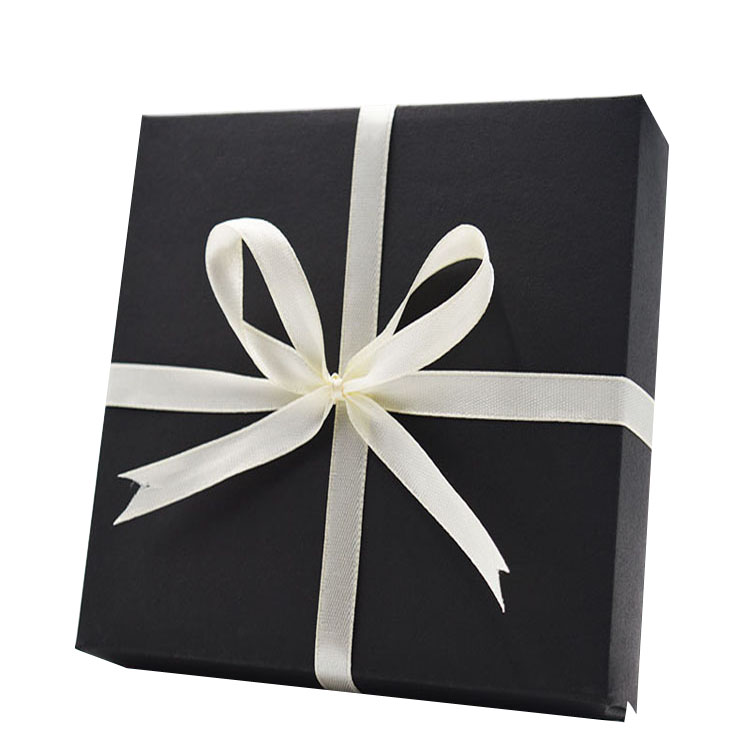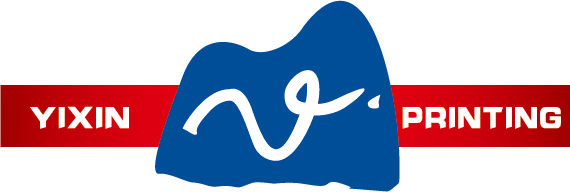When it comes to chocolate, the pleasure extends beyond its delicious taste. The way chocolates are presented and packaged plays a significant role in enhancing the overall experience. Chocolate box packaging serves as the first impression of the delectable treats inside, making it crucial to create packaging that is visually appealing, functional, and enticing. In this article, we will explore the importance of chocolate box packaging and discuss key design elements to consider. Let’s delve into the art of packaging and discover how it can elevate the joy of indulging in chocolates.
The Power of First Impressions: Why Chocolate Box Packaging Matters
In a crowded marketplace, where numerous chocolate brands compete for attention, the packaging becomes a powerful marketing tool. The first impression that a consumer forms is often based on the visual appeal of the chocolate box. A well-designed and captivating packaging can instantly grab attention and pique curiosity, leading to a purchase.
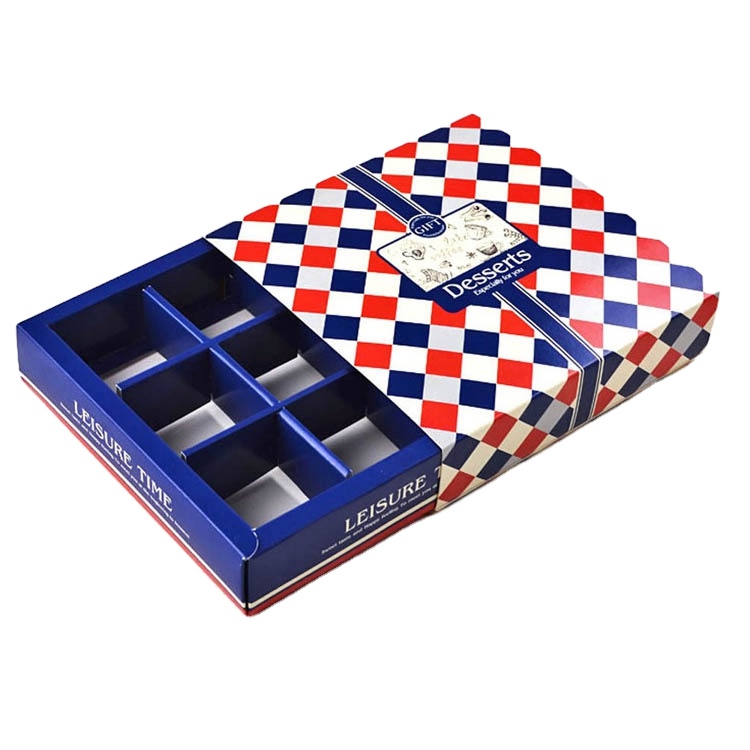
Designing for Impact: Key Elements of Eye-Catching Chocolate Box Packaging
To create an eye-catching and impactful chocolate packaging, several key design elements need to be considered. First and foremost, the use of colors and graphics should align with the brand identity and target audience. Vibrant, bold colors can evoke a sense of excitement, while more muted tones can convey sophistication and luxury. The graphics should be visually appealing and communicate the essence of the chocolate brand.
Additionally, the shape and structure of the box play a significant role in captivating consumers. Unique and innovative designs stand out on shelves, creating a memorable impression. The use of embossing, foiling, and other special finishes can add a tactile element that further enhances the consumer experience.
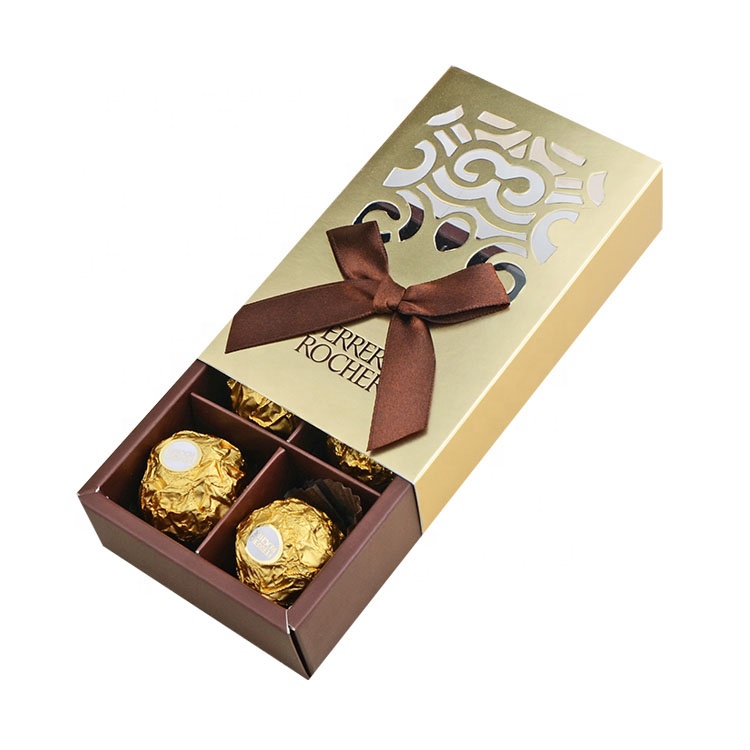
Trends in Chocolate Box Packaging: What’s Hot and What’s Not
Packaging trends for chocolate boxes are constantly evolving to keep up with consumer preferences. Currently, minimalistic designs are gaining popularity, with clean lines and simple typography. The focus is placed on the quality of the chocolate and the craftsmanship, rather than overly elaborate packaging. Sustainable materials and eco-friendly practices are also a growing trend, as consumers become more conscious of their environmental impact.
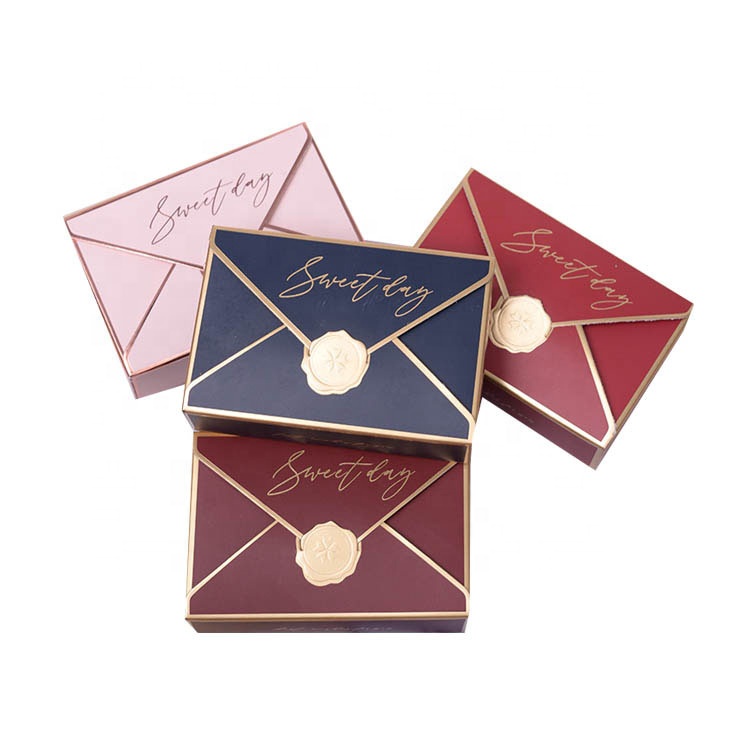
Sustainable Packaging: Creating an Eco-Friendly Chocolate Experience
As the world becomes more environmentally conscious, brands are embracing sustainable packaging options for chocolates. Biodegradable and recyclable materials, such as cardboard, are being used to reduce the carbon footprint. Additionally, reducing excess packaging and incorporating plant-based inks and dyes are becoming common practices. By choosing eco-friendly packaging, chocolate brands can appeal to the eco-conscious consumer and contribute to a greener future.
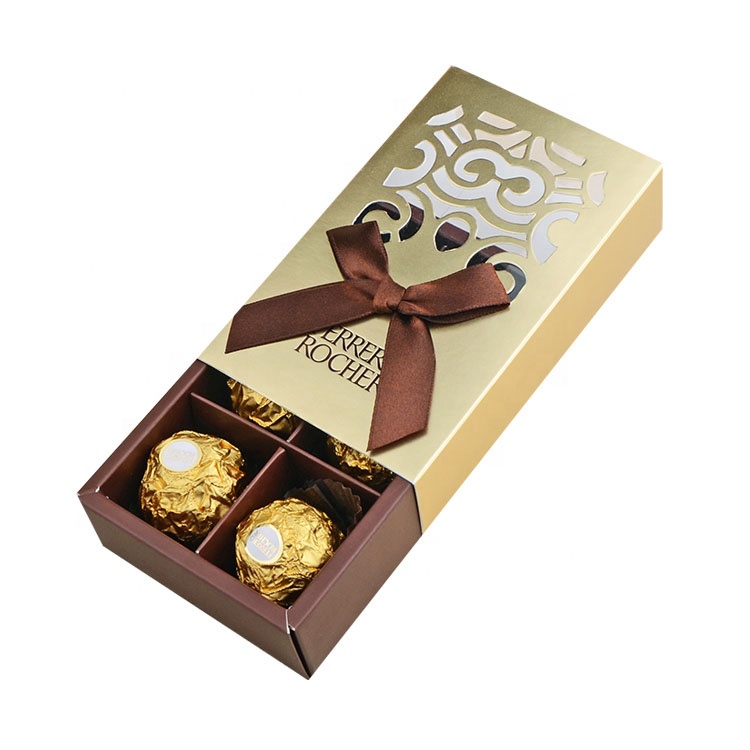
Surprise and Delight: Unique and Creative Ideas for Chocolate Box Packaging
In a market saturated with chocolate options, standing out is essential. Unique and creative packaging ideas can make a lasting impression on consumers. Some innovative ideas include incorporating hidden compartments, personalized messages, or interactive elements. By adding an element of surprise and delight, chocolate packaging can create a memorable experience for the consumer.
In the world of chocolates, packaging plays a vital role in creating an exceptional customer experience. The art of chocolate box packaging lies in its ability to captivate and entice consumers while effectively communicating the brand’s identity. By considering key design elements, embracing current trends, and adopting sustainable practices, chocolate brands can create packaging that not only protects and preserves the delectable treats but also enhances the joy of indulging in chocolates. So, let’s celebrate the art of chocolate box packaging and make every chocolate moment a delightful affair.
